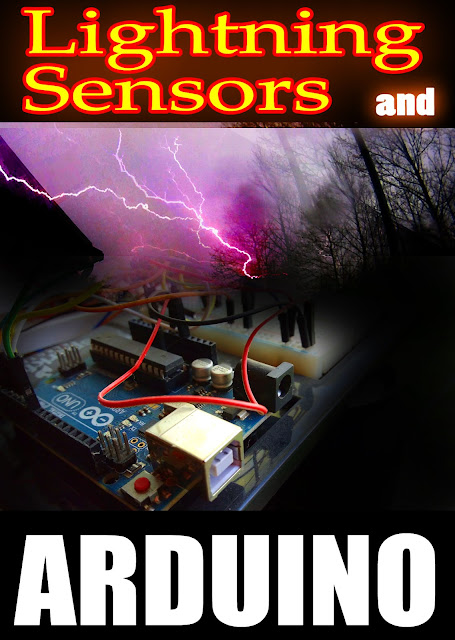However, two things have changed this year and both make it possible for even an amateur like myself to connect a reliable lightning sensor to my Arduino - all for around $30 USD.
 |
| My DIY weather-station needed a lightning detector sensor for my Arduino base unit. Luckily there are several good options that are easy and cheap to buy and install. |
First, vendors have recently begun selling reliable, easy-to-use boards based on the AS3935 detector chip. Even better, the supporting code libraries and tutorials are finally understandable to mere mortals. With that combination, I expect to see more options like this coming onto the market.
Second, I now know enough to hack into those cheap commercial lightning sensors, take the alert/alarm signals and feed them into my microcontroller - all without destroying the sensor. That might be simple for you, but it's a big deal for me.
(If you just want to watch the lightning strikes visit Lightningmaps.org or Blitzortung.org or make your own node at en.blitzortung.org/cover_your_area.php.)